Hi there, pet lovers! 🐍
For reptile enthusiasts seeking a docile, low-maintenance snake with striking looks and fascinating behavior, the Rosy Boa (Lichanura trivirgata) is a top contender. Native to the deserts of the southwestern U.S. and Mexico, these small, hardy boas have charmed keepers for decades with their gentle temperament, manageable size, and stunning color variations.
In this detailed review, we’ll cover everything you need to know about Rosy Boas—from their unique personalities and care requirements to their affordability and availability. Whether you’re a first-time snake owner or a seasoned snake keeper, this guide will help you decide if the Rosy Boa is the right pet for you.
Overview
Rosy Boas are small, ground-dwelling snakes known for their smooth scales, distinctive striped or mottled patterns, and docile nature. Here’s a quick summary of what makes them special:
- Handling and Temperament: Generally calm and slow-moving, but some individuals may have a strong feeding response.
- Care and Maintenance: Low-maintenance, with simple humidity and temperature needs.
- Health and Durability: Exceptionally hardy and long-lived (often 20-30 years).
- Availability: Readily found through breeders and expos, with many locality variations.
- Cost: Affordable to purchase and set up.
Overall: An excellent pet snake for beginners and experienced keepers alike, especially for those who prefer a cooler, desert-dwelling species.
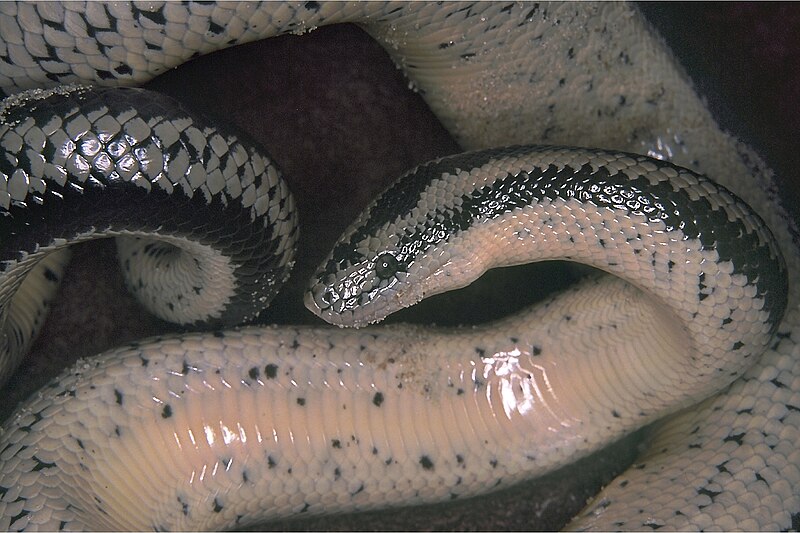
Why Choose a Rosy Boa?
Rosy Boas are ideal for those who want:
- A small, easy-to-handle snake (typically 2-3 feet long).
- A low-maintenance pet that thrives in simple setups.
- A long-lived companion (many live over 25 years).
- A strikingly beautiful snake with natural color variations.
Unlike tropical snakes, Rosy Boas don’t require high humidity or complex heating setups, making them perfect for keepers in drier climates or those who prefer a hassle-free reptile.
Handling and Temperament
Rosy Boas are among the most handleable snakes due to their slow, deliberate movements and generally calm demeanor.
Personality Variations
- Most are docile and tolerate handling well, rarely biting.
- Some individuals (especially younger snakes) may be more food-motivated and mistake fingers for prey.
- Unlike colubrids (e.g., Corn Snakes), they don’t dart away quickly, making them easier to manage.
Handling Tips
- Support their body fully—they’re muscular for their size.
- Avoid handling after feeding (wait 24-48 hours).
- Watch for feeding responses—some may strike if they smell rodents.
Biting? Rare and harmless—their tiny teeth might barely scratch the skin.
Care and Maintenance
Rosy Boas are one of the easiest snakes to care for, but they do have specific needs.
Enclosure Setup
- Size: A 20-gallon long tank is perfect for adults.
- Substrate: Aspen shavings, paper towels, or reptile carpet (avoid overly damp materials).
- Hides: Provide at least two snug hides (warm + cool side).
- Climbing? Minimal—they’re terrestrial but may explore low branches.
Temperature & Humidity
- Warm side: 85°F (29°C) (under-tank heater or heat tape recommended).
- Cool side: 70-75°F (21-24°C) (room temperature is often fine).
- Night drop: Can safely go down to 65°F (18°C).
- Humidity: 30-50% (too much moisture can cause respiratory issues).
Feeding
- Diet: Frozen/thawed mice (appropriately sized—no wider than the snake’s body).
- Frequency:
- Juveniles: Every 5-7 days.
- Adults: Every 10-14 days.
- Water: A small, shallow dish (changed regularly).
Note: Some keepers cool their Rosy Boas in winter (50-60°F for 2-3 months) to mimic natural cycles, but this is optional unless breeding.
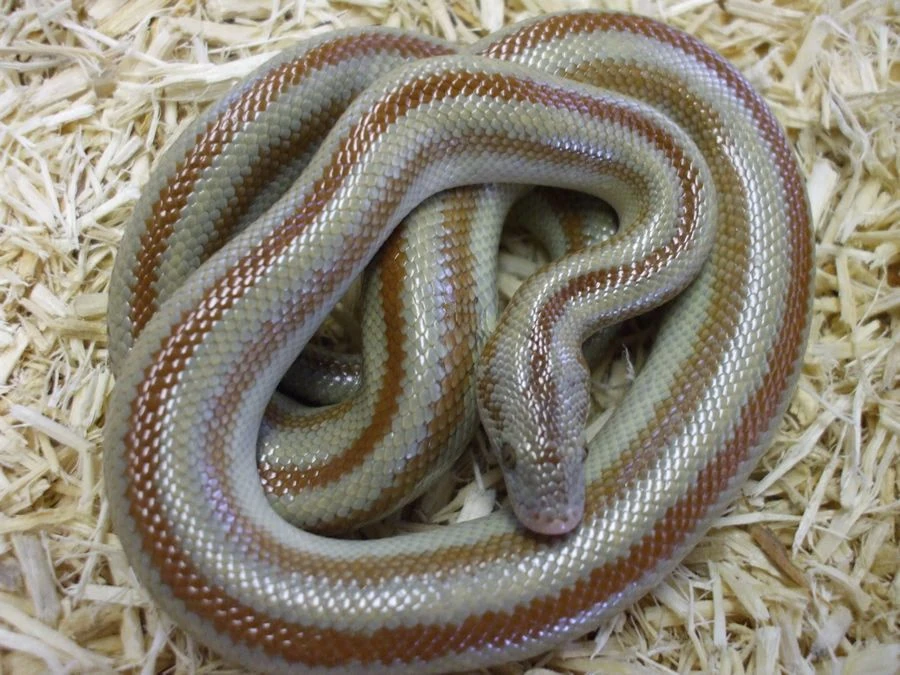
Health and Durability
Rosy Boas are incredibly hardy, but a few health considerations exist:
Common Health Issues
- Respiratory infections (if kept too humid).
- Obesity (don’t overfeed—they have slow metabolisms!).
- Mites (rare but possible; quarantine new snakes).
Preventative Care
- Regularly check for stuck shed (low humidity usually prevents this).
- Avoid overheating (temps above 90°F can be dangerous).
- Annual vet checks for older snakes (they live decades!).
With proper care, many Rosy Boas live 25+ years, making them a long-term commitment.
Availability and Cost
Rosy Boas are readily available but less common than Ball Pythons or Corn Snakes.
Where to Buy
- Reputable breeders (best for healthy, well-started snakes).
- Reptile expos (great for seeing different localities).
- Online stores (check reviews first).
Cost Breakdown
- Snake: $50 to $200 (common localities) up to $500+ for rare morphs.
- Setup: $150 to $300 (tank, heating, hides, thermostat).
Pro Tip: Locality-specific Rosy Boas (e.g., Mexican, Arizona) often have unique colors—research before buying!
Pros and Cons
Pros
✅ Docile and easy to handle.
✅ Low-maintenance care requirements.
✅ Long lifespan (20-30 years).
✅ Stunning natural color variations.
✅ Ideal for cooler homes (no need for tropical setups).
Cons
❌ Some individuals may be bitey (usually due to feeding response).
❌ Not as active as colubrids (e.g., Corn Snakes).
❌ Winter cooling recommended for breeding (but not mandatory).
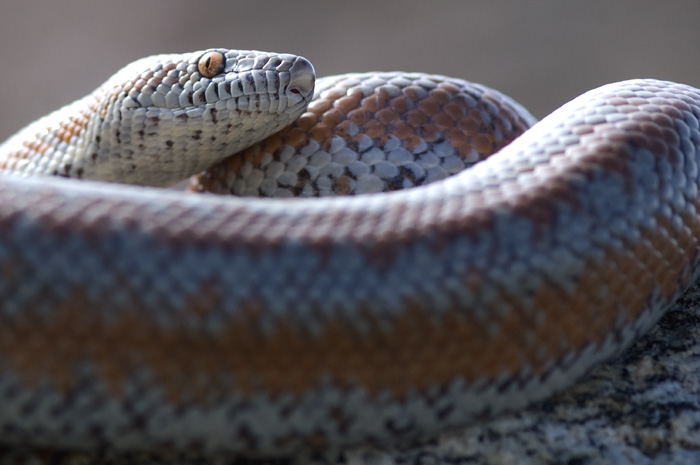
Final Thoughts
The Rosy Boa is a fantastic pet snake—especially for beginners or those who prefer a calm, hardy, and visually striking reptile. Their simple care, manageable size, and longevity make them a rewarding choice for dedicated keepers.
If you’re considering a Rosy Boa, we recommend connecting with a breeder to see different localities and handling a few to gauge their temperament. Once you experience their slow, curious movements and beautiful patterns, you might just fall in love!
Have you kept a Rosy Boa? Share your experiences below!
For more reptile care guides, stay tuned—we’ll be covering more amazing species soon! 🐍





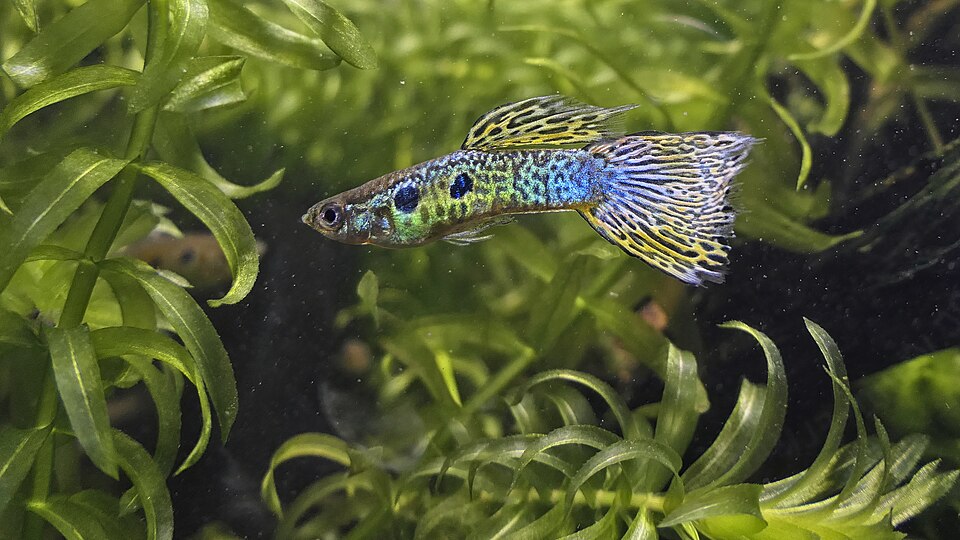
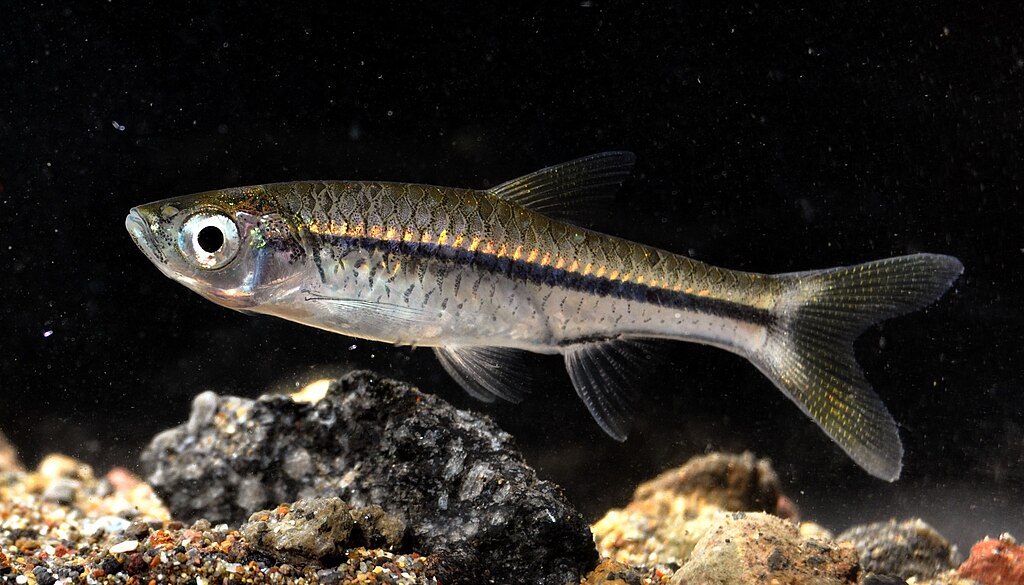
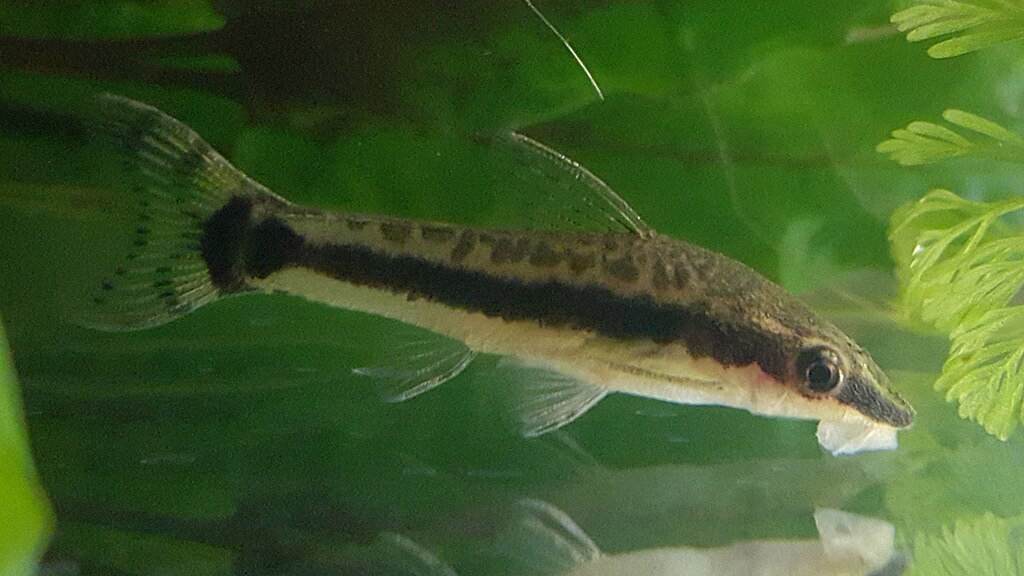
Leave a Reply